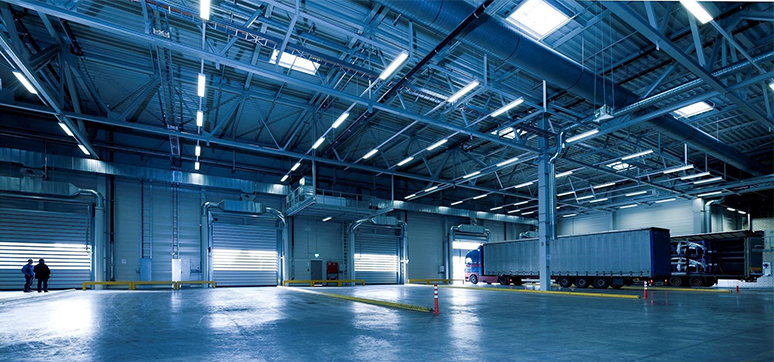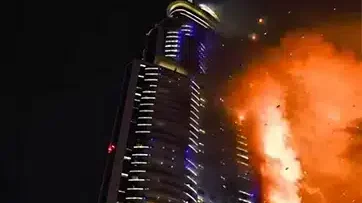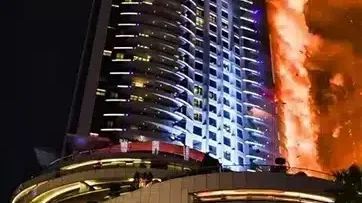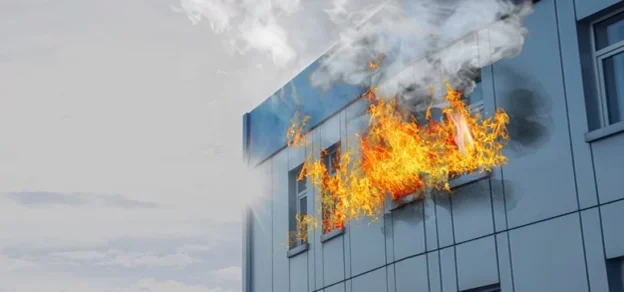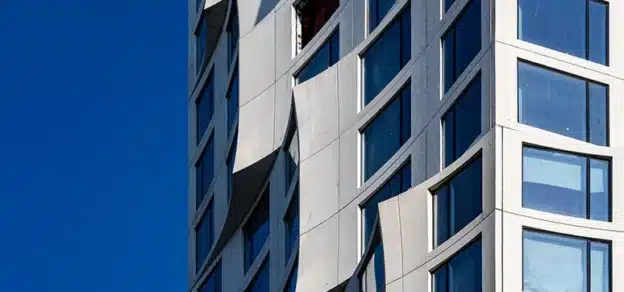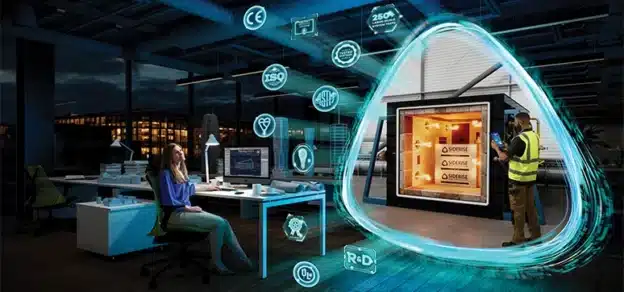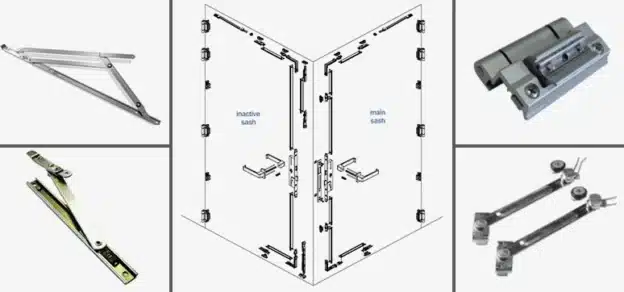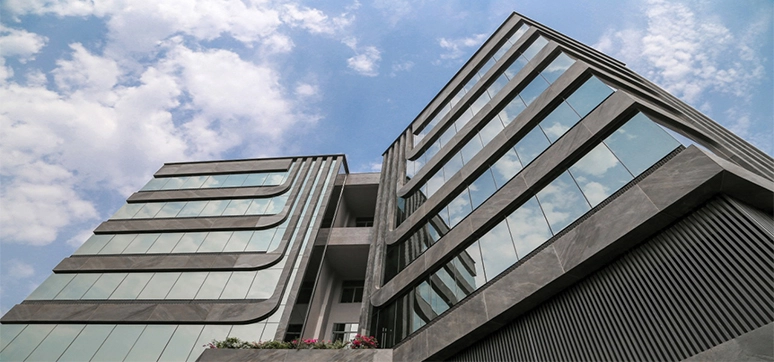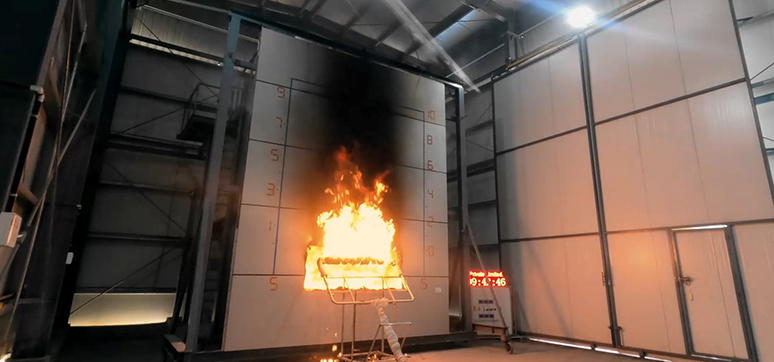Fire behaves differently with different types of materials. With respect to fire hazards and risk, the first issue of concern is the type of thermal attack or fire source to be considered. Along with the different types of fire sources, different cases of fire spread can be distinguished as well, each presenting different hazards or risks. Therefore, planning for fire protection in/around a building involves knowing the sources of fire and taking an integrated approach with active and passive systems in any facility.
Passive fire protection components play a crucial role in stopping the fire and smoke from spreading further. These include:
- Using fire-resistant walls, facades and floors to limit the spread of fire, heat, and smoke by containing it in a single compartment in its area of origin
- Protecting escape routes and providing vital escape time for occupants
- Protecting a building’s critical structural members
- Protecting a building’s assets
Active fire protection requires action to detect, alert, stop, or contain a fire. This may involve a person taking a manual action, such as using a portable fire extinguisher or a smoke detector system that triggers an alarm or automatic sprinkler.
THE STANDARD FIRE TESTS ON THE FAÇADE AND FENESTRATION SYSTEMS
The exterior wall assembly specimen is subject to the fire tests when the following performance criteria as per NFPA:
- Flame propagation: Exterior face
- Vertical flame propagation: Combustible components and insulation
- Horizontal flame propagation: Combustible components and insulation
- Temperatures in the second-story test room
- Flames in the second-story test room
- Flame propagation to adjacent horizontal spaces
- Temperatures in the second-story test room
The overall fire performance of the façade systems depends on the evaluation of the whole system, not of its single components. The systems can be made more fire resilient, but it is important not to lose the other vital functions of the facade performance, such as moisture protection and thermal insulation.
Energy conservation demands have increased the use of innovative facade systems both for new construction and building renovation projects. Facade systems are very complex systems composed of different products and materials – and there is a need for a holistic technical approach. The components, for example, certain rain shields & insulation materials, must be investigated as a whole and not on the component level. This can be seen with respect to intentional and unintentional air paths in the wall, for example, concerning how these paths change in case of fire due to damage, the collapse of the wall structure, and other reactions. Any exchange and change of one material or product to another within the facade system can be devastating.
Innovative systems, such as integrating solar panels into facade systems, present the potential for combining a source of possible ignition (e.g. electrical sparks) with potentially combustible cladding and insulation, which can result in a fire. Only by considering the exterior system as a holistic system can this problem be addressed.
The National Fire Protection Association (NFPA) has created EFFECT™, an Exterior Facade Fire Evaluation Comparison Tool, to help proactively assess the fire safety risk of high-rise buildings with combustible facades. With some modification, the EFFECT tool could potentially be enhanced to help assess specific façade systems.

